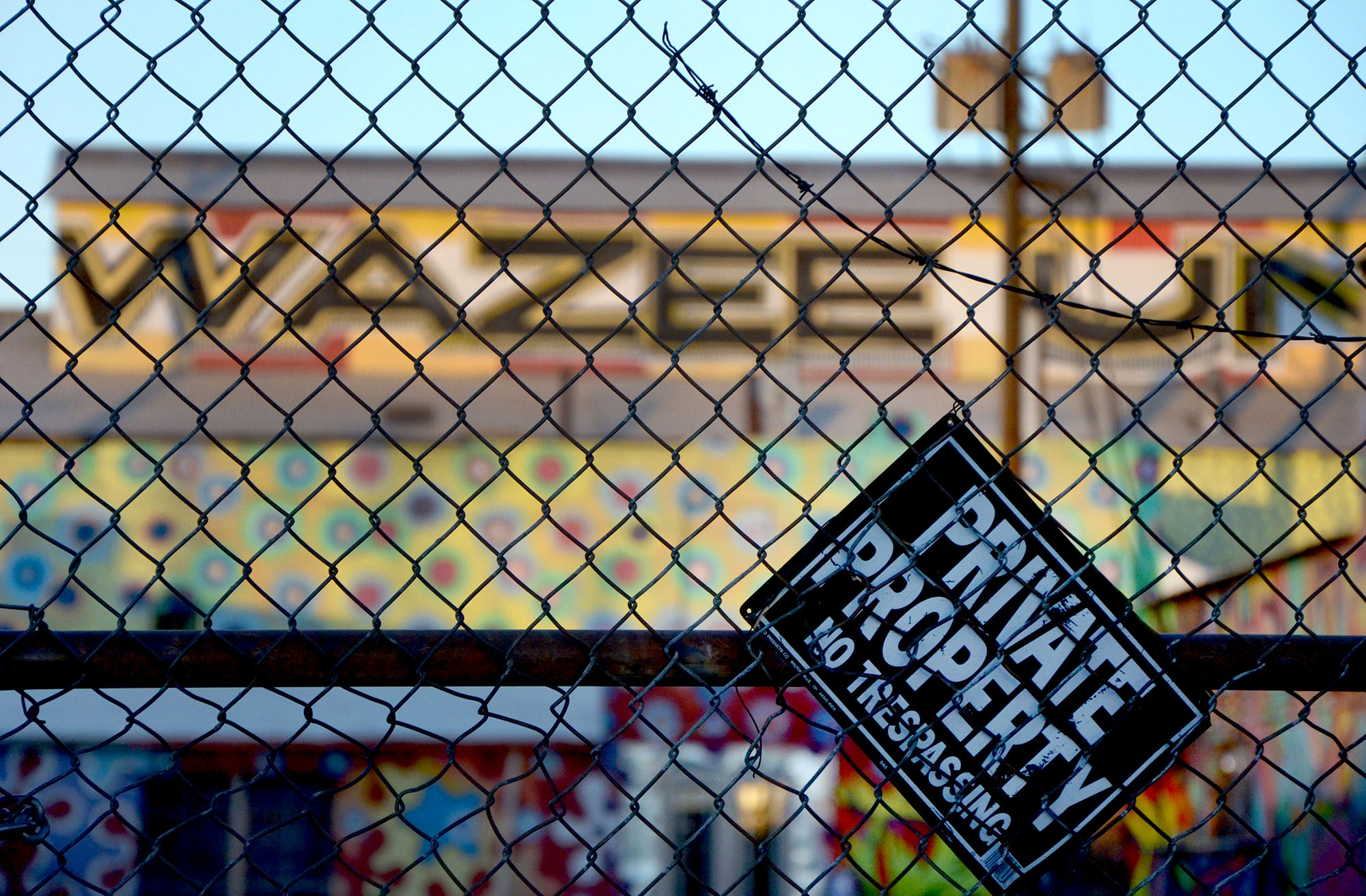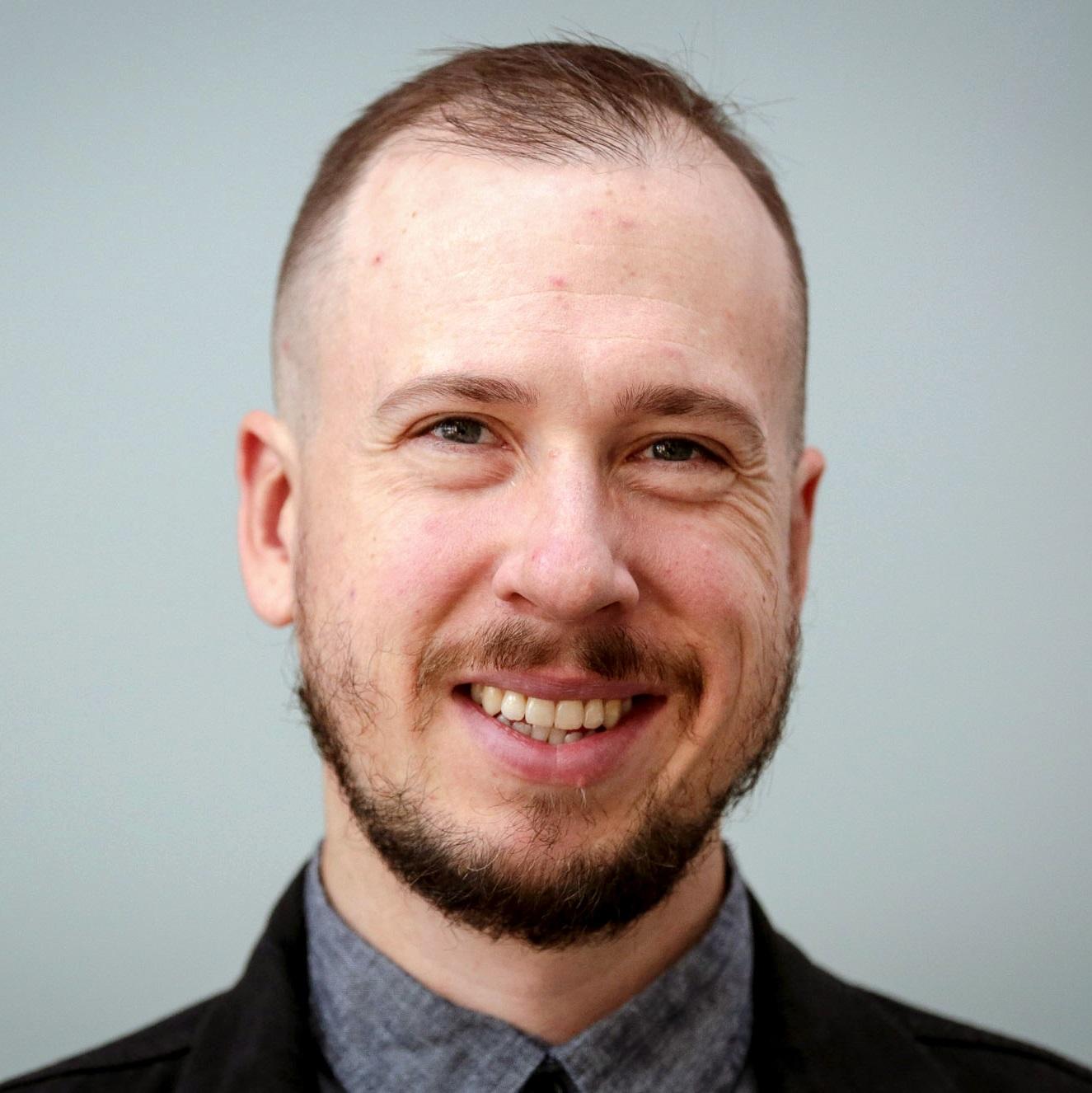
It's been two years since the city of Denver first brought together members of the creative community to discuss bringing affordable spaces to the River North (RiNo) neighborhood.
In that time, a handful of galleries and studios have announced their departures from the RiNo Arts District.
Now Denver has the makings of a plan to try to curb an artist exodus.
Around 200 galleries, studios and other creative spaces now call RiNo home. They've helped revitalize an industrial area north of downtown that was largely abandoned just a decade ago. But artists have expressed growing concerns about being forced out because of the rising rents and growing real estate development.
“When we see our artists leaving the city limits all together, we get concerned about our workforce and about keeping that preserved here,” Create Denver program administrator Lisa Gedgaudas says.
The city announced Tuesday an effort to build around 80 affordable live and work units for artists and their families. The facility -- which will also have businesses and studios -- will be part of a 14-acre site owned by Westfield Company, Inc. It's located south of the Denver Coliseum near 41st Street and Brighton Boulevard.
"We’ll be reaching out to a number of different partners to raise some capital and look into low-income tax credits and figure out creative ways to develop this budget," Gedgaudas says. "We still have a lot of work to do right now."
The next steps include setting a budget, seeking community input and producing design renderings. Officials expect to break ground on the project in 2019.
"I wish it could open tomorrow," Gedgaudas says. "But we’re more committed to the community engagement piece. We need to be really thoughtful of the future of Denver and what it’s going to look like."
The initiative is part of Denver's IMAGINE 2020 cultural plan that launched in 2014. Gedgaudas says the Artspace facility will target artists already in or displaced from RiNo and it will also attract creatives who are new to the area. She expects different types of artists to live and work there, from designers to musicians.
"It's going to be income qualified and they'll have to go through an application process," she says.
Denver has turned to a Minneapolis-based nonprofit called Artspace that develops similar projects for artists across the country. Colorado's first Artspace facility opened last year in Loveland.
The RiNo facility will be among the largest of Artspace's current 41 projects, senior vice president of consulting Wendy Holmes told CPR News. She credits the neighborhood's Business Improvement District -- which was approved by property owners in the fall -- with providing a significant boost.
"Usually Business Improvement Districts support infrastructure and that’s it," Holmes says. "So for the (district) to consider or define infrastructure as also supporting artists is amazing."
Artspace recently finished a facility in New York City's East Harlem neighborhood that includes 89 affordable live and work units, a black box theater and a dance studio. The project cost $52 million. Artspace is also redeveloping a campus in New Orleans that will have 79 units and other non-residential space that will run more than $37 million.








